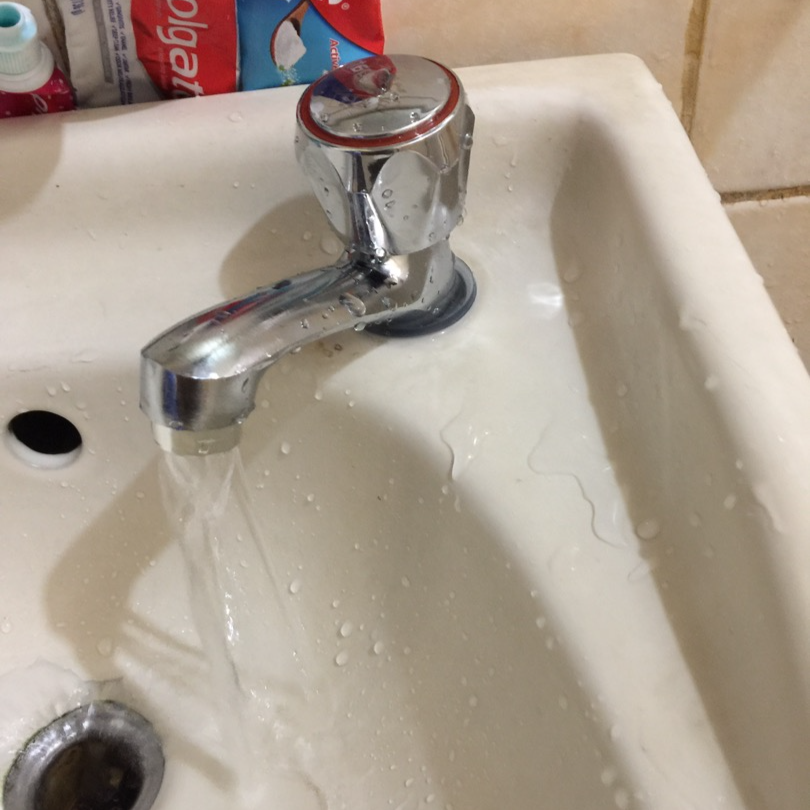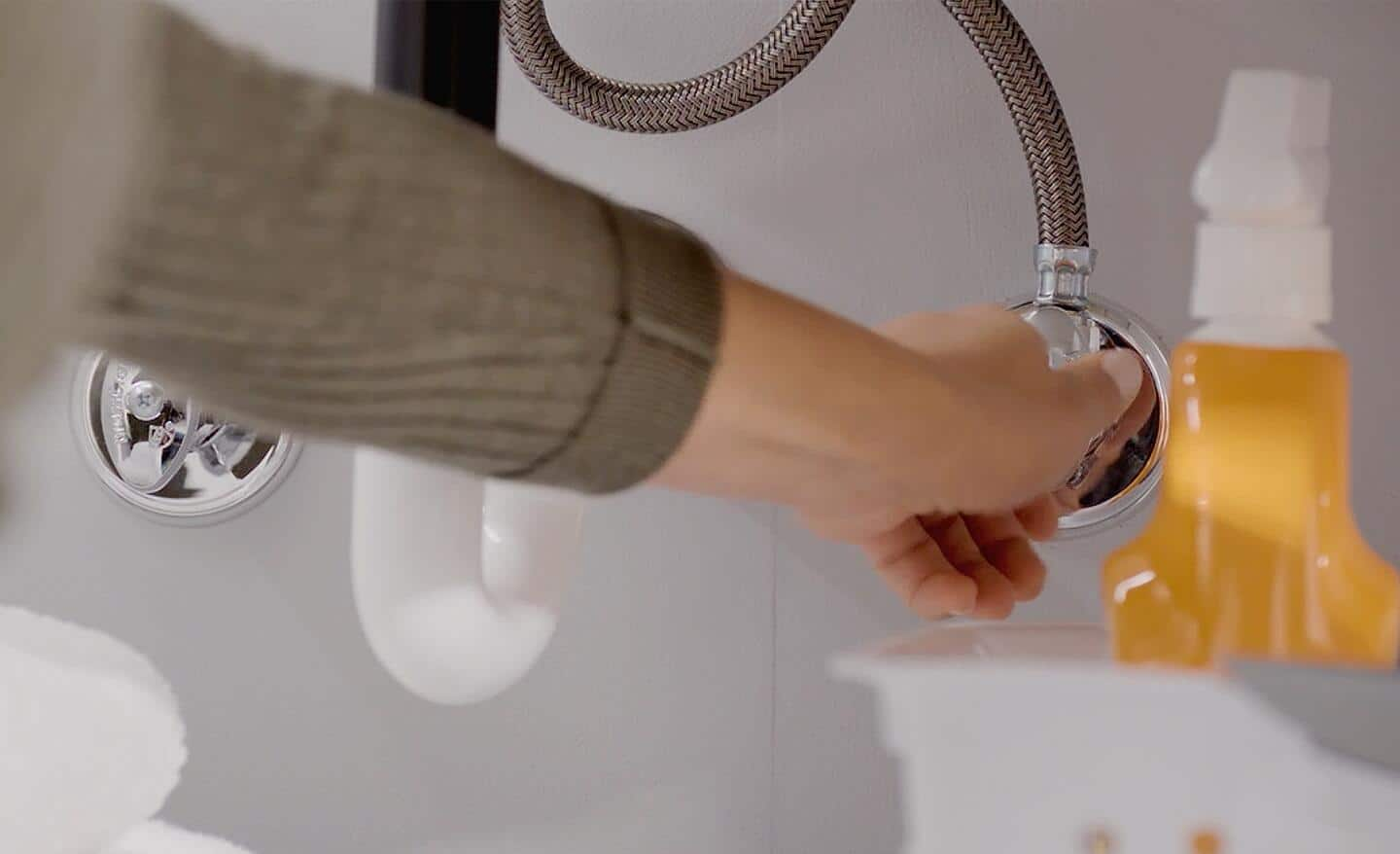In this article on the next paragraphs you can discover a bunch of wonderful points in regards to Why It's Important to Fix Leaky Faucets.

Leaking faucets may seem like a small hassle, yet their effect surpasses simply the nuisance of the noise. From drainage to sustaining unnecessary economic prices and health risks, neglecting a leaking tap can bring about different consequences. In this post, we'll delve into why it's crucial to resolve this common family problem promptly and successfully.
Wastefulness of Water
Environmental Effect
Trickling faucets add significantly to water waste. According to the Epa (EPA), a solitary tap dripping at one drip per second can lose greater than 3,000 gallons of water per year. This not only strains water resources however likewise impacts communities and wildlife based on them.
Step-by-Step Guide to Taking Care Of a Dripping Faucet
Tools Required
Prior to attempting to repair a dripping faucet, collect the essential devices, consisting of a flexible wrench, screwdrivers, replacement parts (such as washing machines or cartridges), and plumber's tape.
Typical Faucet Issues and Their Solutions
Recognize the type of tap and the certain issue creating the drip. Typical problems consist of worn-out washers, rusty valve seats, or damaged O-rings. Refer to supplier directions or on-line tutorials for detailed advice on fixings.
Financial Prices
Raised Water Costs
Past the ecological effect, dripping taps can pump up water bills substantially. The gathered wastefulness gradually translates right into higher utility expenditures, which might have been stayed clear of with timely repair work.
Possible Home Damage
Moreover, long term leaking can lead to harm to components and surfaces bordering the faucet. Water buildup can trigger discoloration, rust, and even structural issues if left neglected, resulting in additional fixing costs.
Wellness Issues
Mold And Mildew and Mildew Growth
The consistent presence of moisture from a leaking tap creates a suitable environment for mold and mold development. These fungis not just compromise indoor air quality however also present health and wellness threats, specifically for people with respiratory system problems or allergic reactions.
Waterborne Diseases
Stagnant water in dripping faucets can come to be a breeding place for microorganisms and various other microorganisms, enhancing the risk of waterborne diseases. Impurities such as Legionella microorganisms prosper in stagnant water, potentially bring about serious ailments when consumed or inhaled.
Do it yourself vs. Expert Repair
Pros and Cons of Do It Yourself Repair
While some may try to repair a trickling faucet themselves, do it yourself repair work feature their own set of difficulties. Without correct understanding and devices, DIY efforts can exacerbate the problem or bring about incomplete repair services, extending the problem.
Benefits of Employing a Specialist Plumber
Hiring a specialist plumber ensures that the underlying reason for the leaking tap is attended to successfully. Plumbers possess the competence and tools to detect and fix tap concerns efficiently, saving time and reducing the threat of more damages.
Environmental Obligation
Individual Contribution to Conservation
Taking duty for taking care of trickling taps straightens with more comprehensive efforts towards water preservation and environmental sustainability. Every person's actions collectively make a substantial impact on maintaining valuable resources.
Lasting Living Practices
By prioritizing punctual repair services and embracing water-saving behaviors, people contribute to sustainable living methods that profit both present and future generations.
Preventive Measures
Normal Upkeep Tips
To prevent trickling faucets, execute regular maintenance such as cleaning up aerators, inspecting for leakages, and changing worn-out components quickly. In addition, consider setting up water-saving devices or upgrading to a lot more reliable fixtures.
Value of Prompt Repairs
Attending to trickling taps as soon as they're discovered stops more water wastefulness and possible damages, ultimately saving both water and money in the long run.
Impact on Property Worth
Assumption of Well-Maintained Home
Preserving a building in good condition, consisting of attending to maintenance issues like trickling faucets, enhances its regarded worth and value amongst prospective buyers or renters.
Impact on Resale Value
Characteristics with well-maintained plumbing components, including faucets, command greater resale values in the property market. Dealing with leaking faucets can add to a positive impact during property assessments and negotiations.
Final thought
Resolving a dripping tap surpasses mere comfort; it's an essential step towards preserving water, reducing monetary expenses, and protecting health and wellness and building. Whether through DIY repair work or expert help, doing something about it to deal with trickling taps is a tiny yet impactful means to advertise liable stewardship of sources and add to a much healthier, a lot more lasting future.
How to Fix a Dripping or Leaky Faucet
A leaking faucet is one of the most common problems that homeowners encounter, but it being commonplace doesn’t make it any less annoying. The constant drip drip drip of a leaking bathtub faucet, showerhead, or sink tap can disturb your home’s serenity. Left neglected, a dripping faucet can also result in higher water bills and discoloration or mold growth in your sink or plumbing fixtures.
Fortunately, you don’t have to be a trained plumber to know how to stop a dripping faucet. With some basic tools, replacement parts, and a little patience, leaky faucet repair is a breeze. In this article, we’ll explain what causes dripping faucets and how you can fix them.
What Causes a Leaking Faucet?
Kitchen and bathroom faucets come in all manner of designs, but most involve some combination of valves, O-rings, seals, and washers. The O-ring is usually the weakest link, but any one of these pieces can wear down over time. Heat, moisture, temperature fluctuations, minerals, mold, and movement can contribute to warping and corrosion, breaking the watertight seal. This just comes with the territory of being a homeowner. Everything is always subject to wear and tear, and some component parts of your appliances and fixtures need to be replaced on occasion. At least replacement O-rings are cheap!
More rarely, dripping faucets can be a symptom of excessively high water pressure. Were this the case in your home, you would probably notice that the leak is not isolated to one faucet. Water pressure issues are harder to resolve on your own. We recommend contacting a professional plumber if you suspect your water pressure is too high.
How to Fix a Dripping Faucet
Pipe wrench or monkey wrench Allen wrench set Screwdrivers Old towel or rag Shut off the water.
Before you do anything, you need to turn off the water to keep from drenching your kitchen or bathroom. You should find a valve under the sink and against the wall. Once you’ve turned this valve, try turning the faucet on to confirm that the water source has been cut off.
If you can’t locate your local valve for the faucet you’re working on, you can always shut off the water to the house at the main valve. Of course, this will prohibit anyone from using the sinks, showers, or toilets while you’re working on the faucet that’s giving you trouble.
Plug or block the drain.
You’ll be disassembling the faucet and removing some small bits of hardware. Plug the drain with a stopper or rag to avoid the possibility of a small screw falling into your P-trap.
Take apart the faucet assembly.
There are several varieties of kitchen and bathroom faucets, each with its own manner of assembly. For detailed instructions on how to disassemble your faucet, you can refer to the fixture’s manual or contact the manufacturer. If you know whether you have a ball, disc, cartridge, or compression faucet, you can find detailed schematics online.
In general, you need to begin by removing the faucet handles. You might notice a small screw that you’ll need to remove with a screwdriver or Allen wrench. If you don’t see any visible securing hardware, it’s likely hidden under a decorative cap that can be unscrewed or popped off with flathead screwdriver.
Remove each piece methodically, consulting a schematic when necessary. Take notes or arrange the pieces in such a way to make it easier to correctly reassemble the faucet later.
Remove the cartridge.
Once you’ve removed the handles and securing hardware, you should be able to remove the valve cartridge or stem. Some cartridges will slide right out. Other faucet models will require you to loosen a nut with a pipe wrench before you can remove the valve stem.
Examine the exposed hardware.
With the cartridge or stem removed, inspect the component parts. Check the rubber O-rings for wear and tear. Also examine the seat washer for corrosion or other damage. These pieces are usually the responsible parties for a dripping faucet, but it’s worth inspecting the other component parts while you have the faucet disassembled.
Find replacement parts.
Once you’ve identified which faucet component has failed, find an identical replacement. Your local hardware store should have O-rings, seat washers, and other standard components in stock. If you have a luxury or uncommon faucet, you may have to contact the manufacturer for a replacement part.
It’s a good idea to take your old parts with you to the hardware store so you can compare them with the store’s inventory and be sure you’re purchasing the correct replacement.
Reassemble the faucet.
With your new parts in hand, reconstruct the faucet and handles. Don’t be tempted to overtighten screws or nuts. You might think this could create a better seal, but it can instead damage or bend a delicate part of the assembly and create a new problem for you.
Turn on the water and test the faucet.
The only thing left to do is test your work. Unplug the sink, turn the water back on, and try the faucet. Congratulate yourself on a job well done!
https://www.libertyhomeguard.com/how-to-fix-a-dripping-or-leaky-faucet/

I hope you enjoyed reading our piece on Should I Repair or Replace a Leaky Faucet?. Thanks for spending some time to read our blog post. Are you aware of another person who is truly interested in the topic? Take a moment to share it. I appreciate reading our article about .